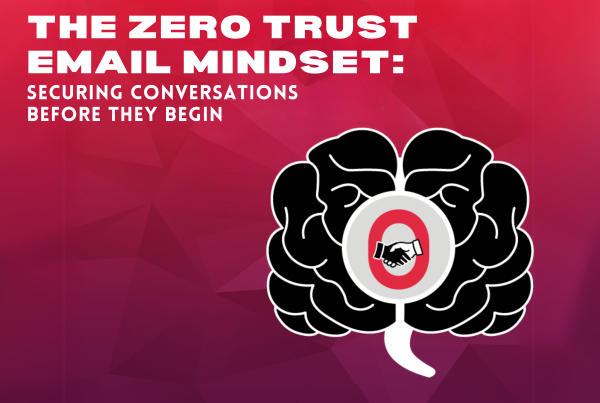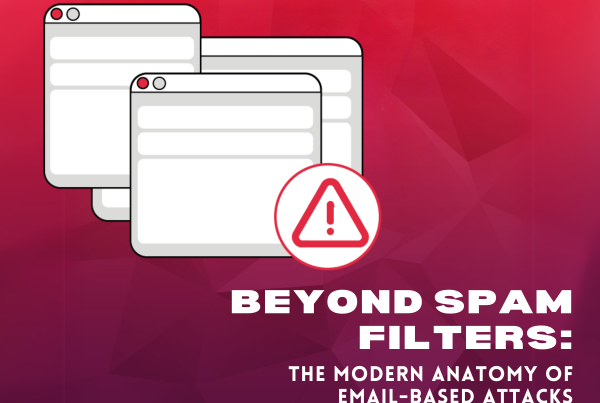Technology is a part of our lives— we rely on them to help us throughout our day. From laptops to toasters, the majority of devices are able to connect to the Internet, making our lives easier. Today, we are able to connect with people from different parts of the world or, even, see places we’ve never been to before. Our devices make that a possibility, however, some dangers come with it.
What is the Internet of Things?
First coined in 1999, the Internet of Things refers to any physical device that can connect to the internet. Common devices such as laptops, cellphones, and smart TVs fall under this category. Although nowadays, almost everything is a smart device that can be connected to the internet. Traditional electronics such as refrigerators, watches, and cars are now able to communicate with the internet.
IoT allows devices to bring networks together, to communicate with one another from across different avenues, giving them the capability to share data that is collected. Each device can collect data for a specific purpose to give consumers a better experience. IoT presents users and industries with the possibility of saving time and money, making it more efficient for people. If companies are given access to more data about their product and internal systems, they are able to create a better product that is much more responsive and accurate.
According to experts, it is forecasted that $1 trillion will be spent on IoT by 2022. With the creation of 5G, it is no shock that there is a constantly growing demand for devices. It makes our environment smarter and more convenient. However, there are underlying dangers that come with these technological advancements.
The Dangers
Simply put: everything that can be connected to the internet can be hacked. Even though IoT is an amazing discovery, there are still issues present. The current IoT environment has many challenges to overcome and with constant threats, devices are vulnerable to attacks.
Today, threat actors can compromise almost anything if there are any vulnerabilities present. As mentioned earlier, IoT devices can collect and share data but the majority of these devices do not have the necessary software to protect users. They are vulnerable to attacks and with numerous insecure IoT systems present, there are risks for compromises. In 2016, toy manufacturer Vtech was hacked through their smart toys and over 6.3 million accounts of children were affected by it, giving hackers access to photos and chat logs. The breach was so large that security experts advised parents to boycott the company due to the way they handled the attack.
Another risk is the lack of compliance on the part of the IoT manufacturers. It is one of the biggest security issues with IoT since there is a lack of security standards for devices. There are concerns that products like smart refrigerators and fitness trackers can expose sensitive data. Companies are constantly pumping out new products and incorporating internet connection but fail to provide crucial security elements to their product design.
Unlike our laptops and cellphones, users tend to ignore updates for other smart devices and continue to use them. Another IoT security risks is insecure software on a device. It is inevitable that new vulnerabilities arises but constantly updating a device will aid eliminate vulnerabilities that are discovered.
With the current environment, cyberattacks are threats that users must be wary of. IoT devices are highly vulnerable to malware attacks since they do not have the proper security updates needed. Hackers are able to highjack an IoT device and install malware such as ransomware or botnets. In 2017, 70% of Washington DC surveillance cameras were infected with ransomware, which stalled recording for several days. Also, hackers are able to eavesdrop on users through infected IoT devices and record without their knowledge, giving threat actors information that they can use against their targets.
Keep Your Device Secure
As the number of connected devices continue to rise, our personal and working environment will be filled with smart products. It is inevitable that there are risks that will come with it, making it crucial for companies to establish a safe and secure environment. There are many ways that help boost IoT security:
- Keep track of all devices attached to the network and restrict certain apps to regulate exposure.
- Segregate business and personal data as a preventive measure.
- Regularly update devices and security software to protect devices from cyberattacks.
- Require strong login passwords
- Educate and bring awareness to the possible dangers
These are just some steps that users can adapt to manage their devices. However, another key factor is choosing an expert cybersecurity provider to help protect your business. As stated above, there are a lot of vulnerabilities that come with IoT devices that we use in our daily lives and establishing a security system that can quickly detect and eliminate threats can help keep your company safe.
How Silverfort Can Help You
Our partner Silverfort is a security software company based in Tel Aviv, Israel. They develop software that protects companies from data breaches, cyberattacks, and insider threats. Silverfort provides the first Unified Identity Protection platform that consolidates security controls across corporate networks and cloud environments to block identity-based attacks. The company uses an agentless and proxyless technology that seamlessly integrates existing IAM solutions and extending its coverage to other assets that could not be protected until today. It monitors all access of users and service accounts across the cloud and on-premise environment, analyzing risk in real-time using an AI-based engine and enforcing adaptive authentication and access policies. Silverfort’s Unified Identity Protection platform is the only solution that can enforce Identity-Based Zero Trust architecture in the modern enterprise environment. This platform allows you to detect and protect your company in real-time, creating a secure and safer environment for you and your customers.
About IPV Network
Since 2016, IPV Network has been a trusted partner of leading enterprises in the Philippines. It brings the best-of-breed cybersecurity solutions. IPV network helps businesses identify, protect, detect, respond, and recover from cyber threats. Email us at [email protected] or call (02) 8564 0626 to get your FREE cybersecurity posture assessment!
References:
Keyfactor. “Top 10 IoT Vulnerabilities in Your Devices.” Keyfactor, 22 June 2021, www.keyfactor.com/blog/top-10-iot-vulnerabilities-in-your-devices.
Team, Intellectsoft. “Top 10 Biggest IoT Security Issues.” Intellectsoft Blog, 13 Sept. 2019, www.intellectsoft.net/blog/biggest-iot-security-issues.
Ranger, Steve. “What Is the IoT? Everything You Need to Know about the Internet of Things Right Now.” ZDNet, 3 Feb. 2020, www.zdnet.com/article/what-is-the-internet-of-things-everything-you-need-to-know-about-the-iot-right-now.
Kelion, By Leo. “Parents Urged to Boycott VTech Toys after Hack.” BBC News, 10 Feb. 2016, www.bbc.com/news/technology-35532644.
Burgess, Matt. “What Is the Internet of Things? WIRED Explains.” WIRED UK, 16 Feb. 2018, www.wired.co.uk/article/internet-of-things-what-is-explained-iot.
Kaspersky. “What Is IoT? Tips for IoT Security.” Www.Kaspersky.Com, 9 Feb. 2021, www.kaspersky.com/resource-center/definitions/what-is-iot.
“Best Practice Guidelines.” IoT Security Foundation, www.iotsecurityfoundation.org/best-practice-guidelines. Accessed 2 Sept. 2021.


